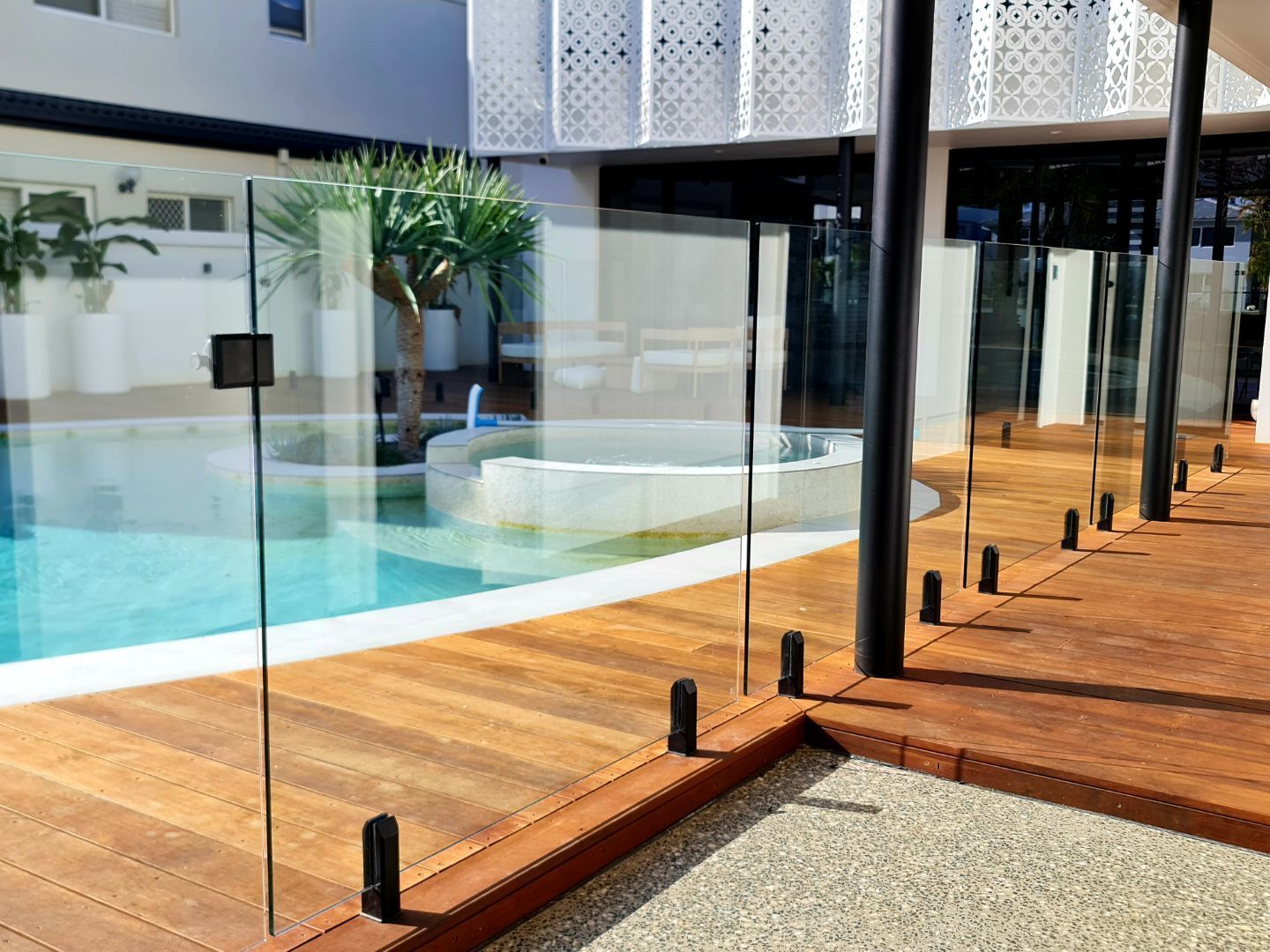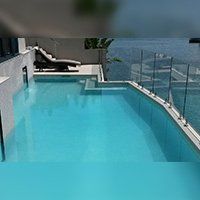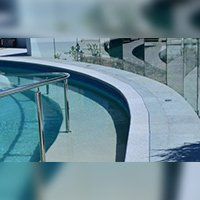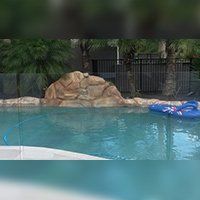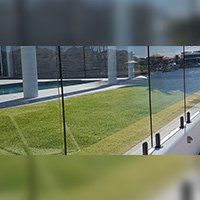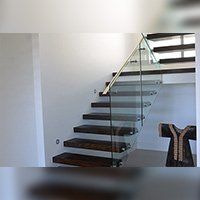INSTALLING A POOL FENCE? 4 THINGS TO CONSIDER FIRST!
- By admincgb
- •
- 23 Oct, 2017
- •
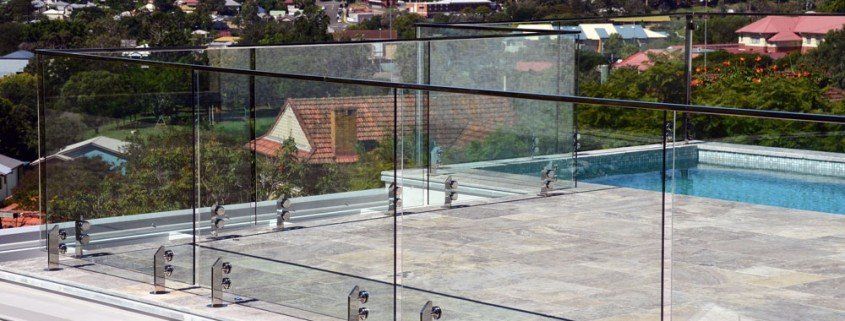
SAY NO TO DIY
Pool fencing is not just about drilling some holes and borrowing a posthole digger.
Professional installers have to comply with strict regulations to ensure that the pool fencing is safe and meets regulatory guidelines regarding height, slip-surface and potential climbing footholds.
This is not a job that can be done over the weekend by a DIY enthusiast.
On the contrary, it requires careful planning and using the best materials available to achieve outstanding results.
Your pool fencing will need to be certified by an independent inspector and DIY jobs often fail to obtain this requirement.
ARRANGE A FREE CONSULTATION EARLY ON
It is highly recommended to contact your Gold Coast pool fence installer well before your pool has been completed – especially as many customers book pool builders closer to the summer months and you can find yourself on a long waitlist for tradespeople during peak periods.
Plan ahead, with your pool enclosure in mind. There are many factors that could complicate matters if you wait for your pool to be finished before getting a quote.
You don’t want to have to dig up floor tiles or concrete to erect a fence that should have been allowed space for. Ideally, you should get in touch during the early stages of the construction.
CHOOSING THE RIGHT MATERIALS
Aesthetics, durability and how to care for your pool fence all play a part when choosing the material for your pool fencing.
Glass and aluminium are two of the most popular materials. They are both durable and easy to clean but glass gives a more elegant and modern finish, which is why it is a favourite among Queensland homeowners.
SAFETY FIRST
Before agreeing to anything, you must ensure that the products you are purchasing meet Australian Safety Standards.
Pool fencing is designed to prevent accidents involving small children so your installer must use materials fit for this purpose.
Pool fencing is not just about drilling some holes and borrowing a posthole digger.
Professional installers have to comply with strict regulations to ensure that the pool fencing is safe and meets regulatory guidelines regarding height, slip-surface and potential climbing footholds.
This is not a job that can be done over the weekend by a DIY enthusiast.
On the contrary, it requires careful planning and using the best materials available to achieve outstanding results.
Your pool fencing will need to be certified by an independent inspector and DIY jobs often fail to obtain this requirement.
ARRANGE A FREE CONSULTATION EARLY ON
It is highly recommended to contact your Gold Coast pool fence installer well before your pool has been completed – especially as many customers book pool builders closer to the summer months and you can find yourself on a long waitlist for tradespeople during peak periods.
Plan ahead, with your pool enclosure in mind. There are many factors that could complicate matters if you wait for your pool to be finished before getting a quote.
You don’t want to have to dig up floor tiles or concrete to erect a fence that should have been allowed space for. Ideally, you should get in touch during the early stages of the construction.
CHOOSING THE RIGHT MATERIALS
Aesthetics, durability and how to care for your pool fence all play a part when choosing the material for your pool fencing.
Glass and aluminium are two of the most popular materials. They are both durable and easy to clean but glass gives a more elegant and modern finish, which is why it is a favourite among Queensland homeowners.
SAFETY FIRST
Before agreeing to anything, you must ensure that the products you are purchasing meet Australian Safety Standards.
Pool fencing is designed to prevent accidents involving small children so your installer must use materials fit for this purpose.
For more information on pool fencing please visit our FAQ
page.
To find out more about Pool Fencing products and installation please contact us on 07 5679 0161 or mobile 0434 786 538 and we’ll be happy to assist in the design and installation of your pool fencing.
For your information, you can download this article for future reference: Installing a Pool Fence: 5 Things to Consider First
To find out more about Pool Fencing products and installation please contact us on 07 5679 0161 or mobile 0434 786 538 and we’ll be happy to assist in the design and installation of your pool fencing.
For your information, you can download this article for future reference: Installing a Pool Fence: 5 Things to Consider First

